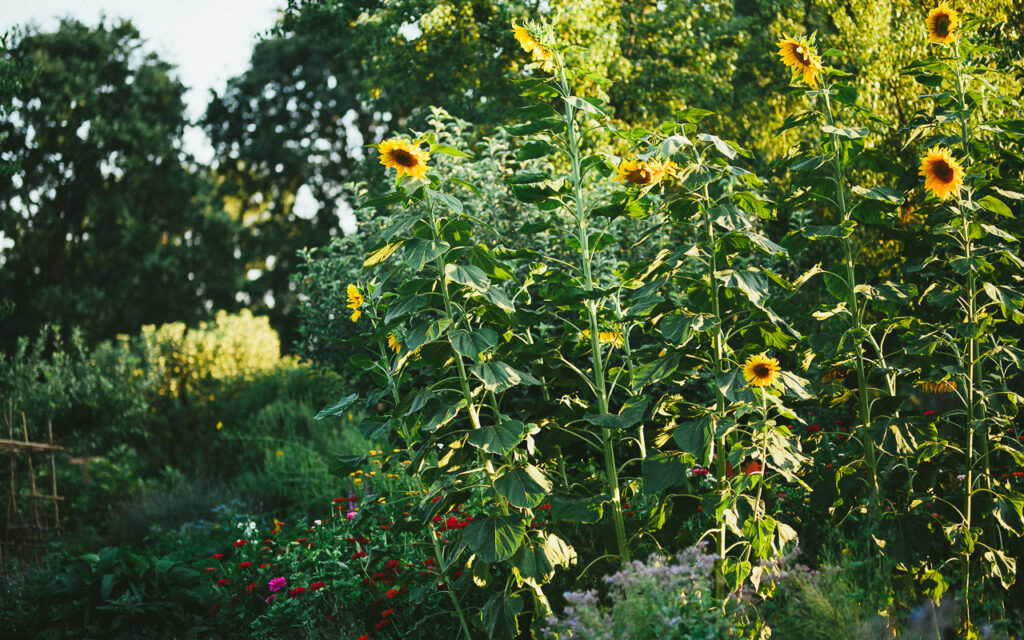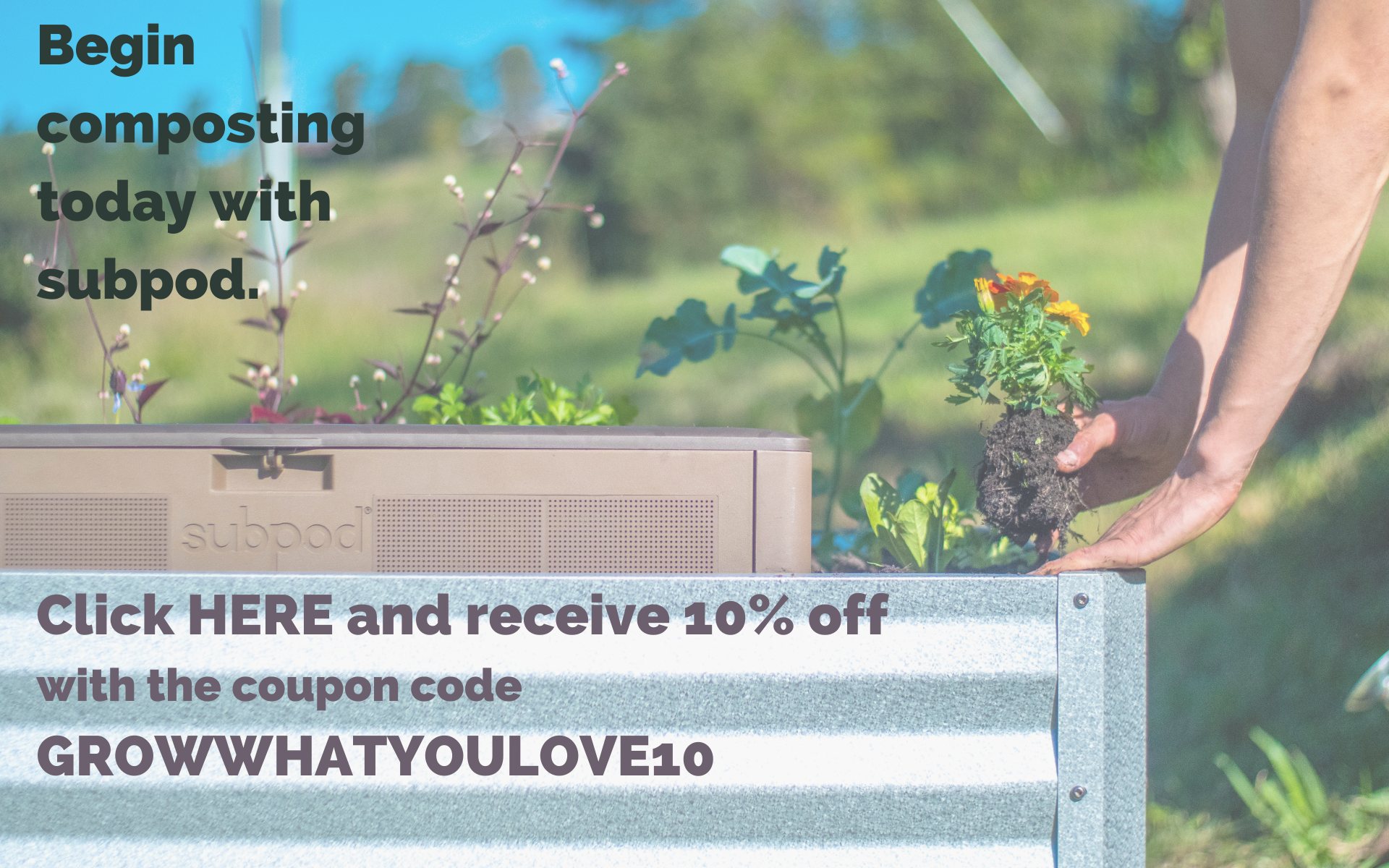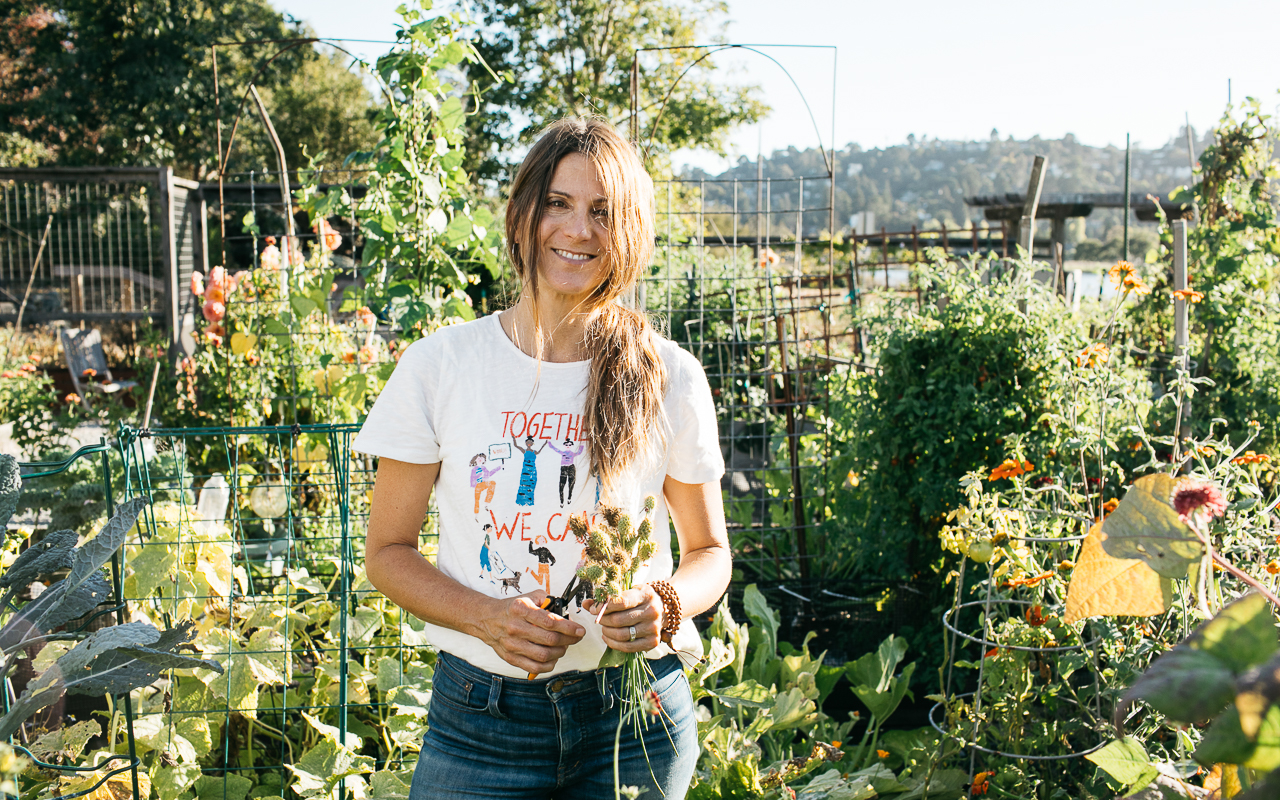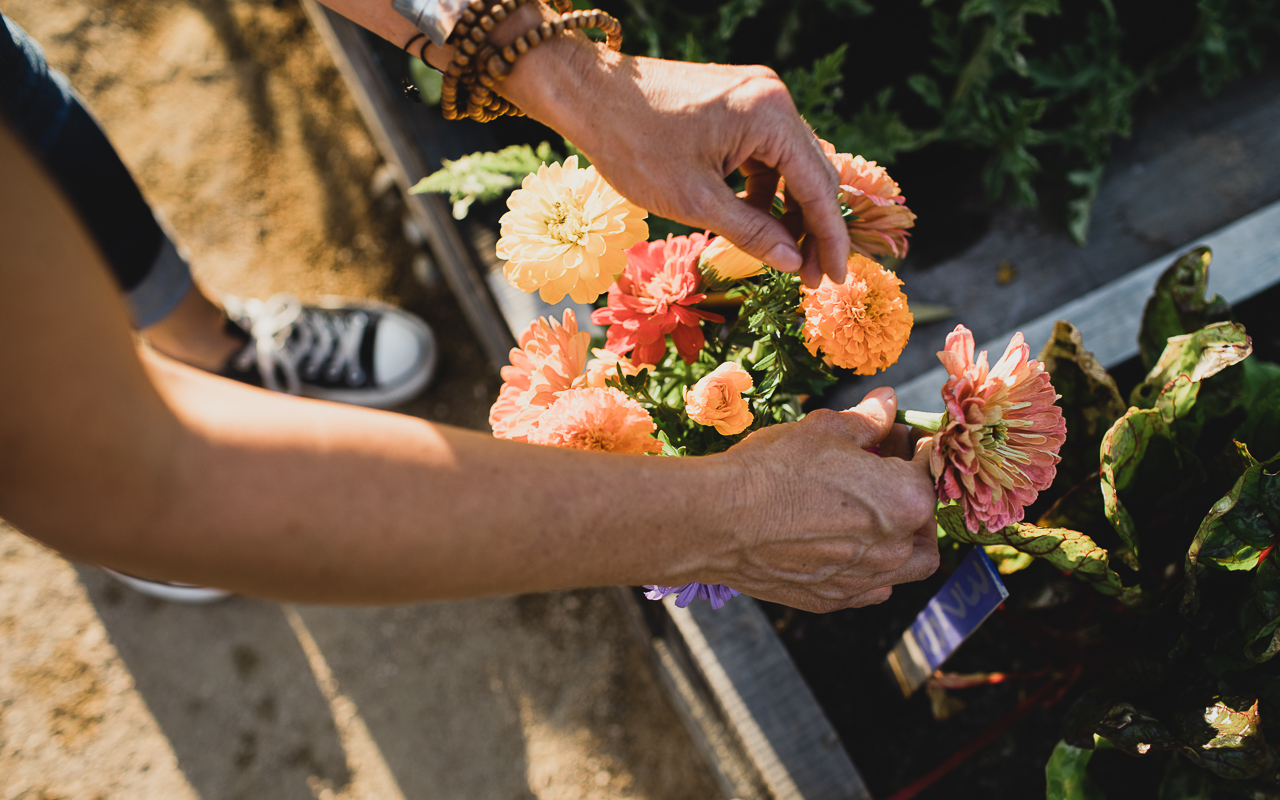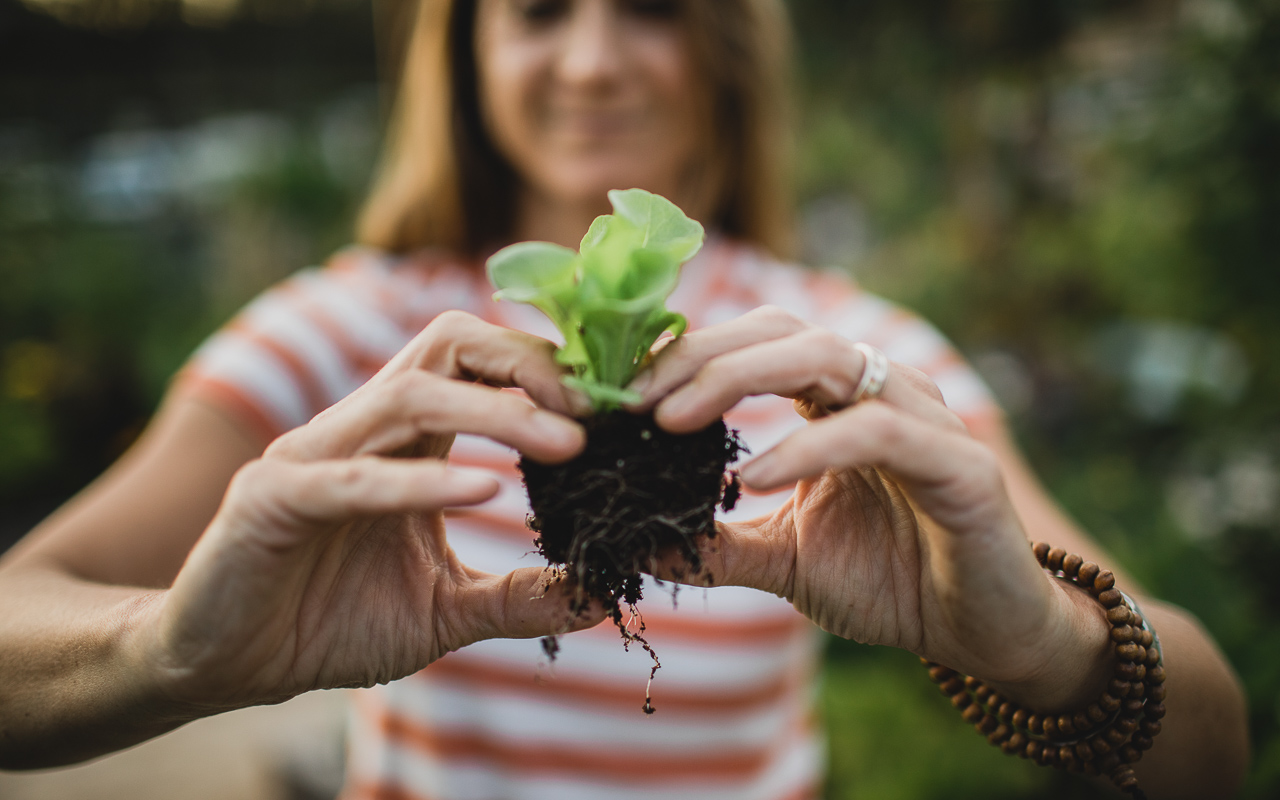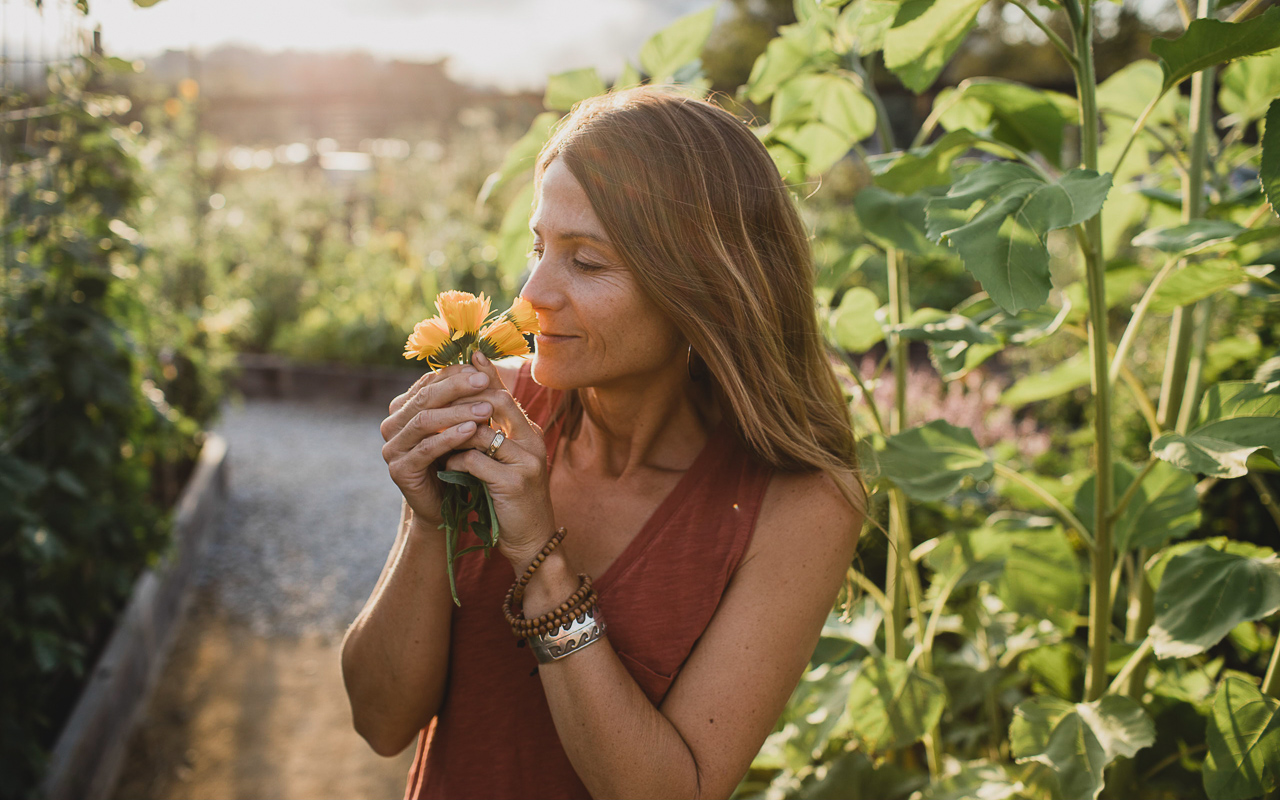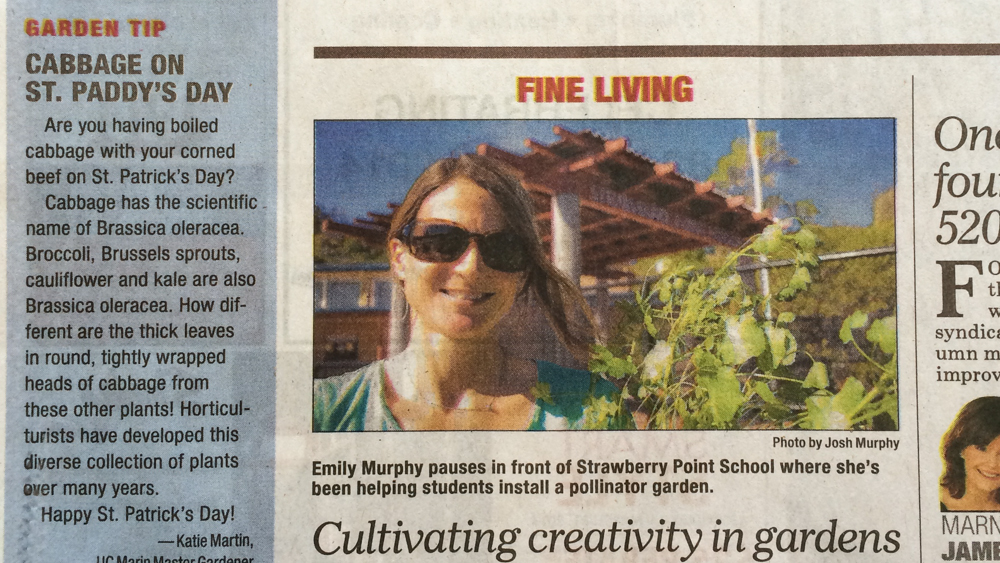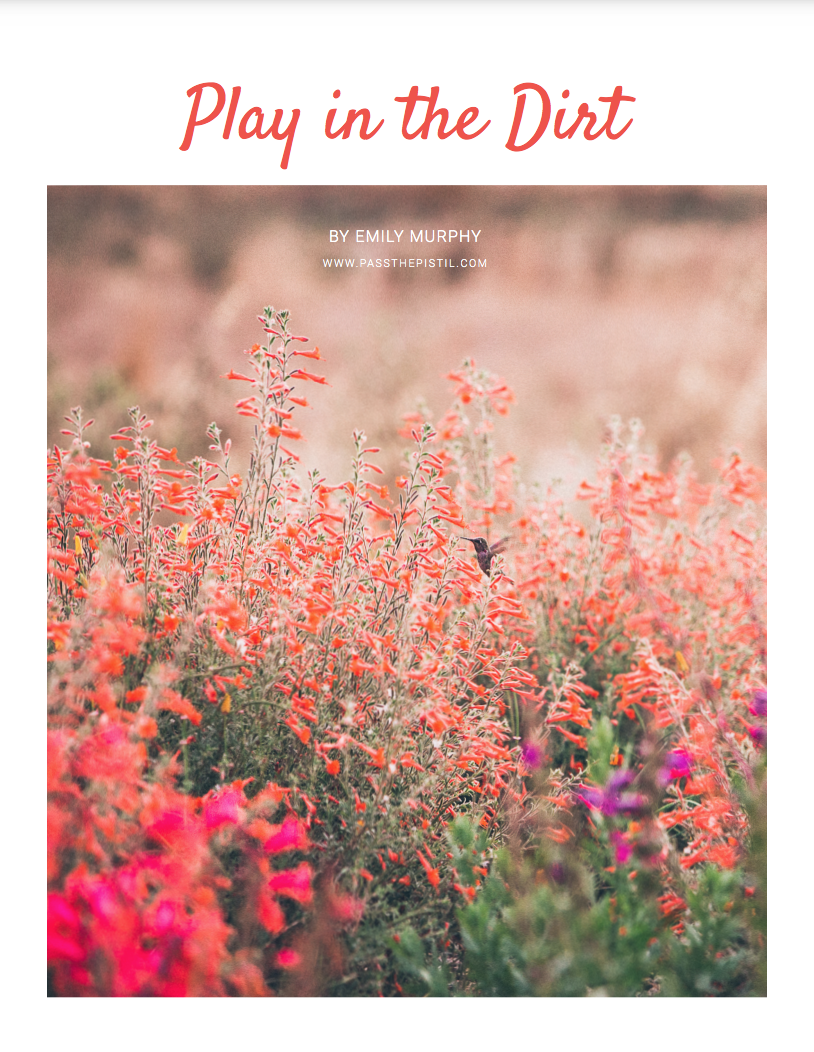Rewild the Spaces Closest to Home with Regenerative Gardening
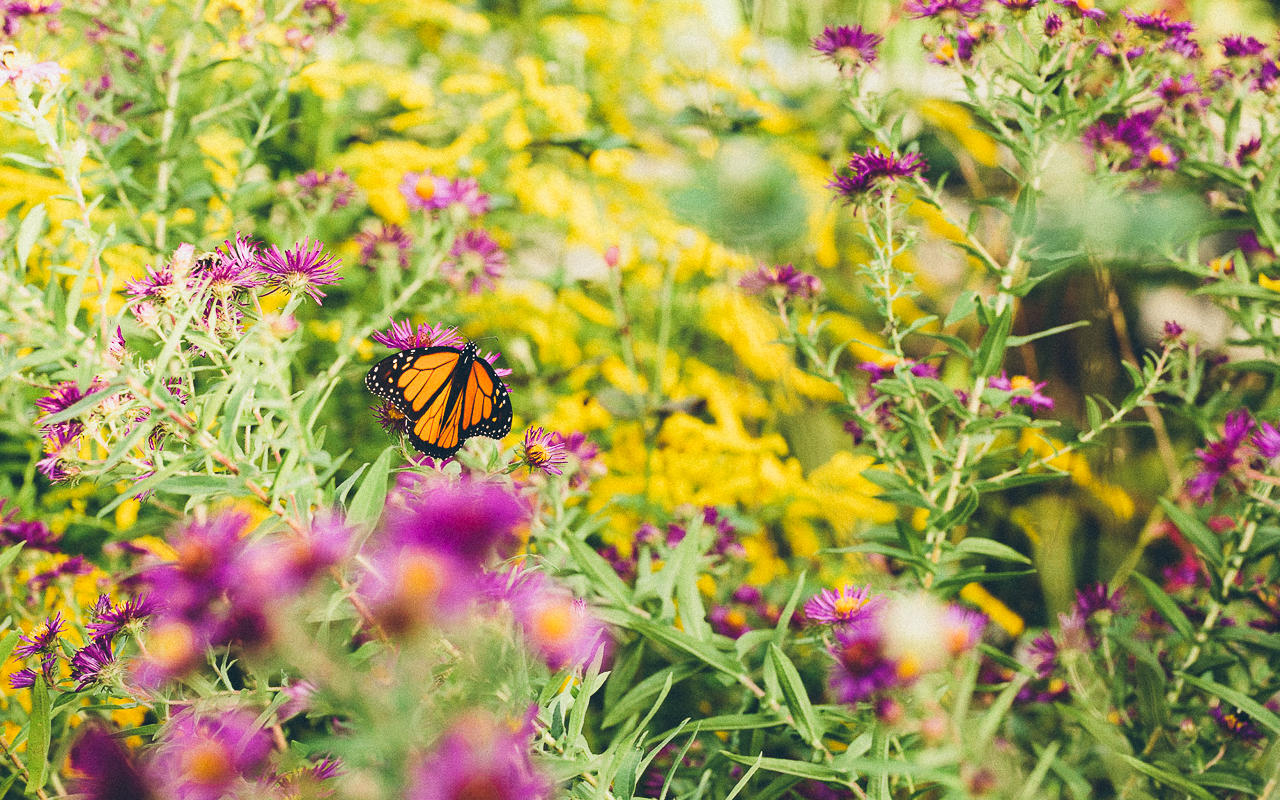

When we rewild the spaces closest to home with the restorative practices of regenerative gardening, we set off a net positive chain reaction fueled by the power of nature.
REWILDING
In its simplest terms, rewilding is a form of conservation that relies on restoring Earth’s ecosystems. Healthy, ecologically rich environments hold the key to a healthy, resilient planet — one in which biodiversity thrives.
In other words, rewilding is a nature-based solution for increasing ecosystem function by creating habitats that buoy our planet, ultimately fostering the resiliency needed to navigate the climate crisis and species extinction.
According to the United Nations, nature-based solutions such as rewilding provide more than a third of the remedies needed to stabilize our warming planet in the next ten years. Whereas the science-backed Global Deal for Nature asks world leaders to protect 30% of Earth surfaces (land and sea) and designate 20% as climate stabilization areas to create reservoirs of resiliency where biodiversity can thrive.
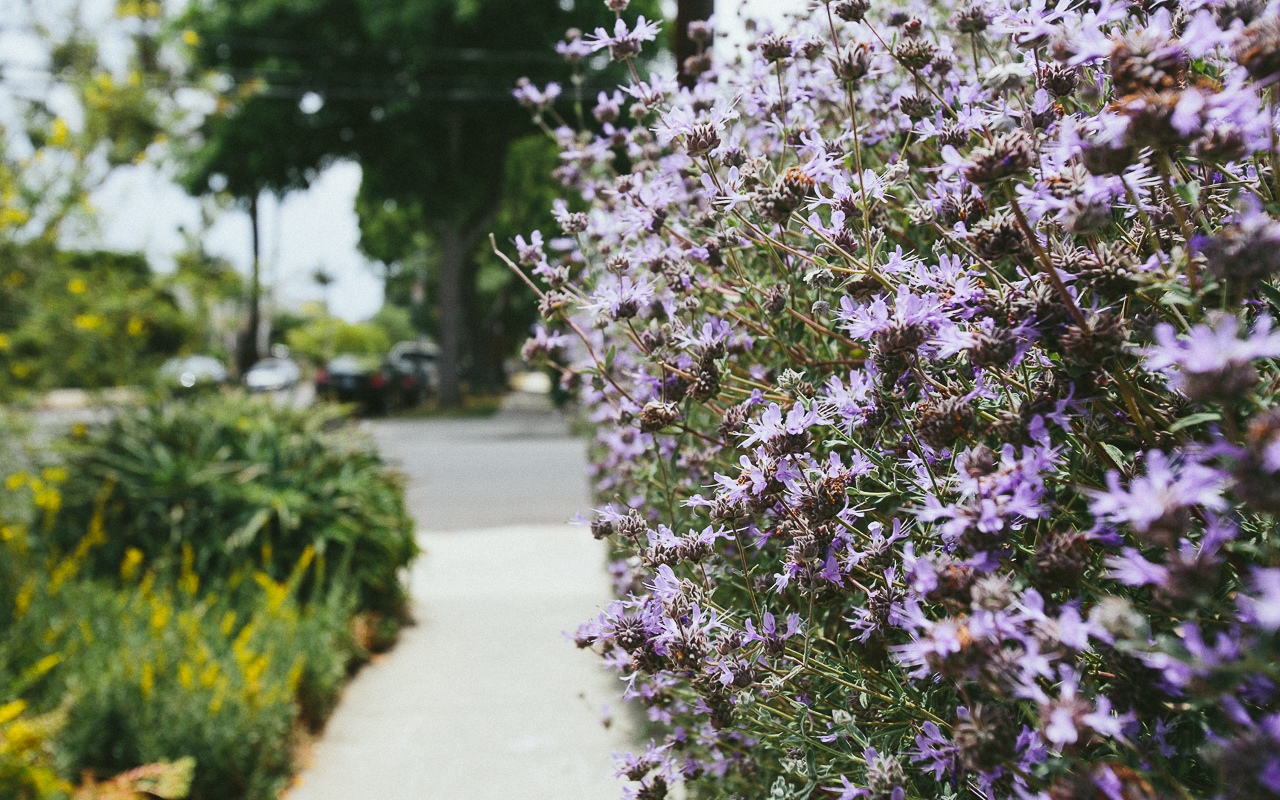
Lessons from the Rewilding Movement in the United Kingdom
The rewilding movement in the United States has focused primarily upon the reintroduction of apex predators such as wolves to their native ranges. While this is an important consideration, it overshadows the significance of rewilding from the ground up. It’s only by restoring soil and the plants upon which all life depends that ecosystems thrive.
When we turn the tables to foundational – often invisible – forms of life such as microbes, insects, and native plants, real progress can be made. Most directly with regenerative, no-dig growing.
As I see it, the United Kingdom’s philosophy behind rewilding is leaps and bounds ahead of anything remotely close to rewilding in the United States.
Rewilding Britain states:
“By protecting, restoring, and regenerating species-rich mosaics of habitats, rewilding helps reverse biodiversity loss and bring back the abundance of Britain’s wildlife. We’ve demonstrated that rewilding also helps to mitigate climate heating by drawing down millions of tonnes of carbon from the atmosphere. We also show in our new report ‘Adapting to Climate Heating: How rewilding can help save Britain’s wildlife from extinction’, how rewilding allows wildlife to disperse and adapt as our climate heats, saving a significant number from further decline or extinction. Rewilding also presents opportunities for communities to diversify and create more resilient, nature-based economies — and reconnects us with the wonders of wild nature, improving physical and mental health.”

A Note on the Importance of Language
Some say that thought is possible only with the acquisition of language. The theory goes on to state that only with the ability to form words does critical thinking develop. Language is also the stuff of stories. Pair words with art, and the poetry of life follows. Where am I going with this? The words we build into our lexicon as we rewrite the narrative that got us into this climate crisis/species extinction mess are really, really important.
In the process of writing my next book (soon to be available for pre-order — stay tuned for updates), I spoke with psychologist and language specialist Dr. Claudia Gross to learn more about the power of language and the spoken word. Dr. Gross is the founder of speakGreen, and author of Words Create Worlds.
Dr. Gross has discovered that, just as her book is titled, words shape the world as we know it. When we take time to choose our words with care, we shape the lens through which we see the world.
For instance, consider the word “citizen” vs “consumer.” Both words reference an individual within a society, yet the pictures they each bring to mind are quite different. Or how about “working to live” vs. “living to work.” The arrangement of these words has meaning.
Reference points such as these remind us why words such as rewild, regenerate, restore, and resilient are vital tools for addressing the climate crisis and species extinction.
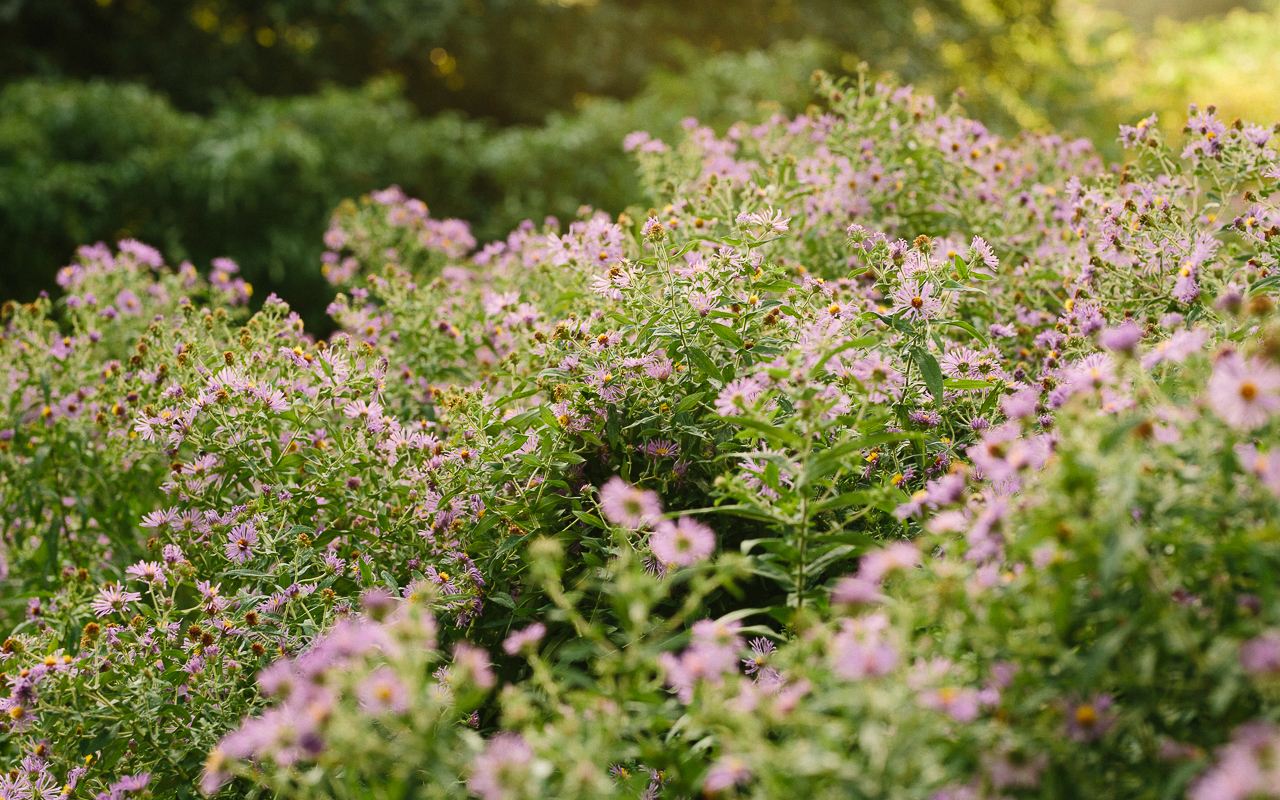
Rewild the Spaces Closest to Home with the Basic Tennants of Regenerative, No-dig Gardening
What’s wonderful is, we can begin rewilding the spaces closest to home with regenerative, no-dig gardening.
To begin, here are a set of basic steps to follow.
- Take care of soil first. Check it out. What’s its condition? Most likely, you need to…
- Top dress with compost.
- Take a no-dig approach.
- Get living roots in the ground.
- Plant natives and perennials.
- Plant with biodiversity in mind.
- Grow organically. Avoid using harmful pesticides, herbicides, and synthetic fertilizers.
- Think like an ecosystem. Everything is connected.
Learn more about regenerative gardening:
Support Biodiversity with Regenerative, No-dig Gardening
Regenerative Gardening: A Primer for the Home Gardener
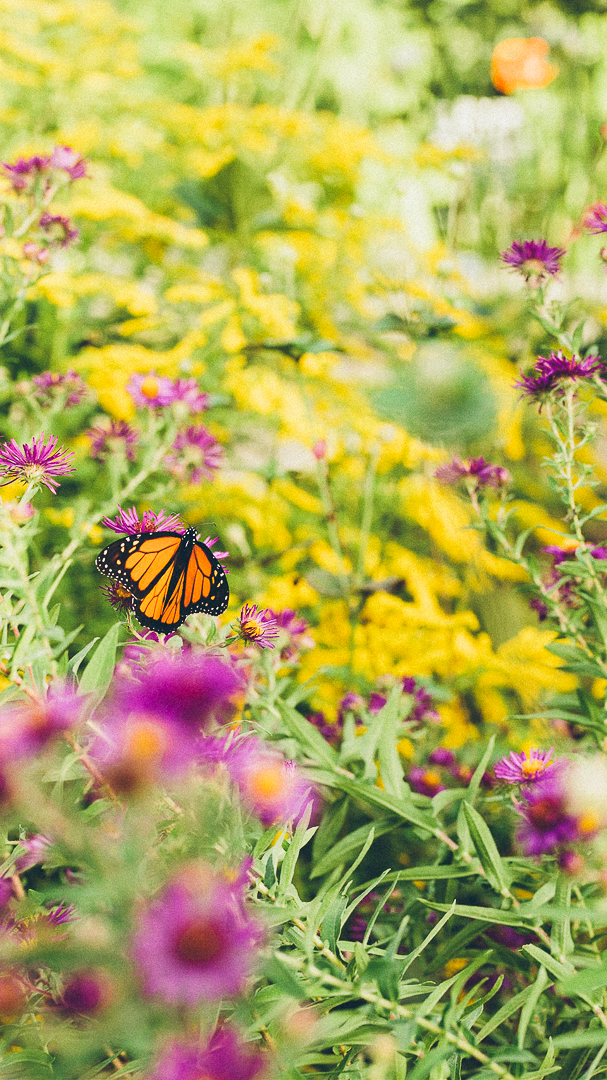
Listen
Buy The Book
Special offers
Newsletter Signup
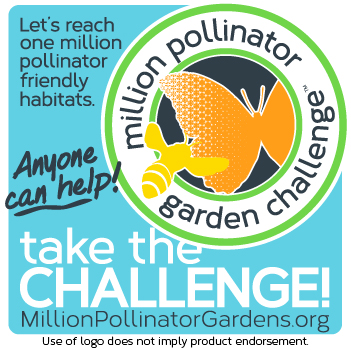
Archives
Disclosure
Pass The Pistil is a participant in the Amazon Services LLC Associates Program and other affiliate programs such as Etsy, affiliate advertising programs designed to provide a means for sites to earn fees by advertising and linking to curated affiliate sites.

